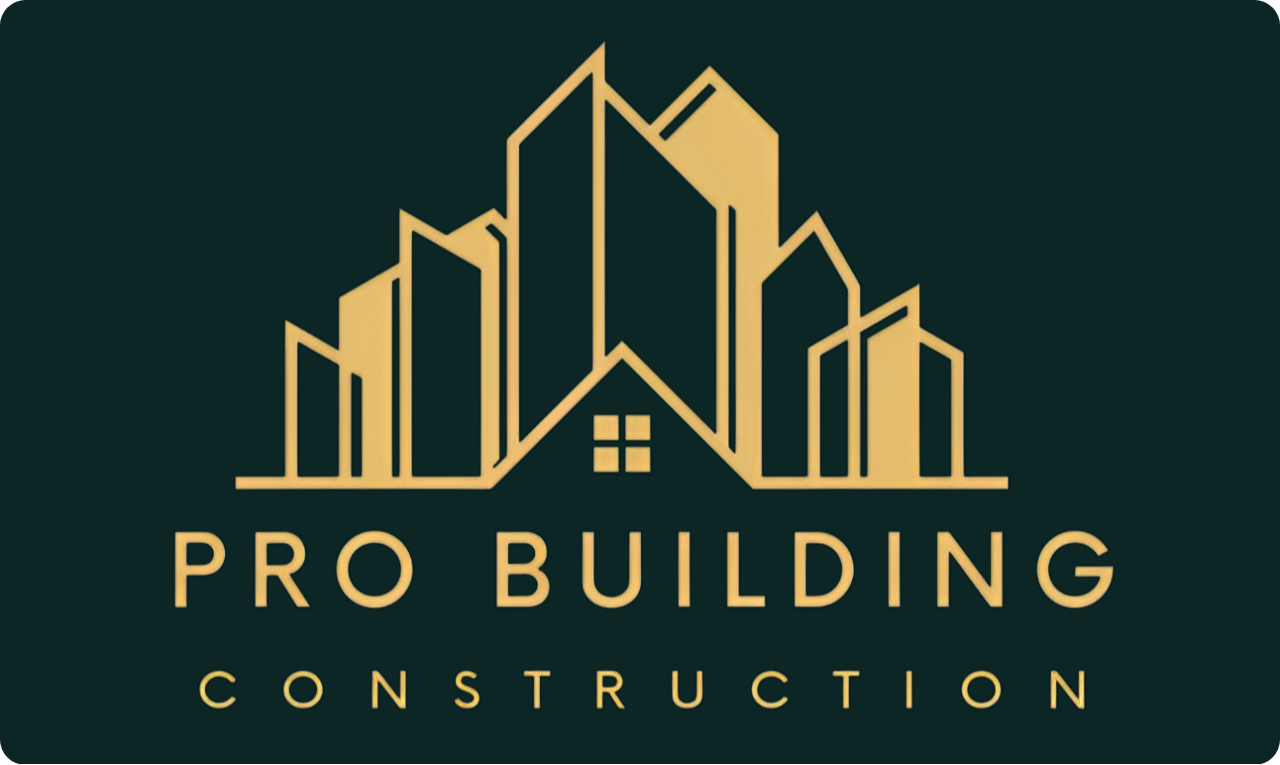
Installation of metal constructions
The installation of metal constructions is a vital aspect of construction projects, offering durability, versatility, and structural integrity. Here's a brief outline of the process:
Preparation: Before installation begins, the site is prepared, and safety measures are implemented. This includes clearing the area and ensuring a stable foundation.
Assembly: Metal components, such as beams, columns, and trusses, are fabricated off-site or delivered pre-fabricated. These components are then assembled according to detailed plans and specifications.
Lifting and Placement: Specialized equipment, such as cranes or hoists, is used to lift and position the metal structures into place. Careful attention is paid to alignment and levelness to ensure structural integrity.
Connection: Once in position, the metal components are connected using welding, bolting, or other fastening methods. This creates a strong and stable framework for the building or structure.
Finishing Touches: After the main structure is installed, additional components, such as cladding, roofing, and finishes, may be added to complete the project. These elements provide weather protection, insulation, and aesthetic appeal.
Quality Assurance: Throughout the installation process, quality control measures are implemented to ensure that the metal constructions meet the required standards and specifications. This may involve inspections, testing, and adherence to safety protocols.
The installation of metal constructions offers numerous advantages, including rapid construction timelines, cost-effectiveness, and design flexibility. Whether used in industrial buildings, commercial complexes, or infrastructure projects, metal constructions provide durable and reliable solutions for various construction needs.
On the basis of the license issued by the Ministry of Economy of the Republic of Azerbaijan on November 1, 2019 under the registration number EL-627/2019, "PROJECT BUILDING CONSTRUCTION" was allowed to perform installation works of metal structures.
Our Work Process

Research & Analysis

Architecture & Design

Execution & Authorship Control



















